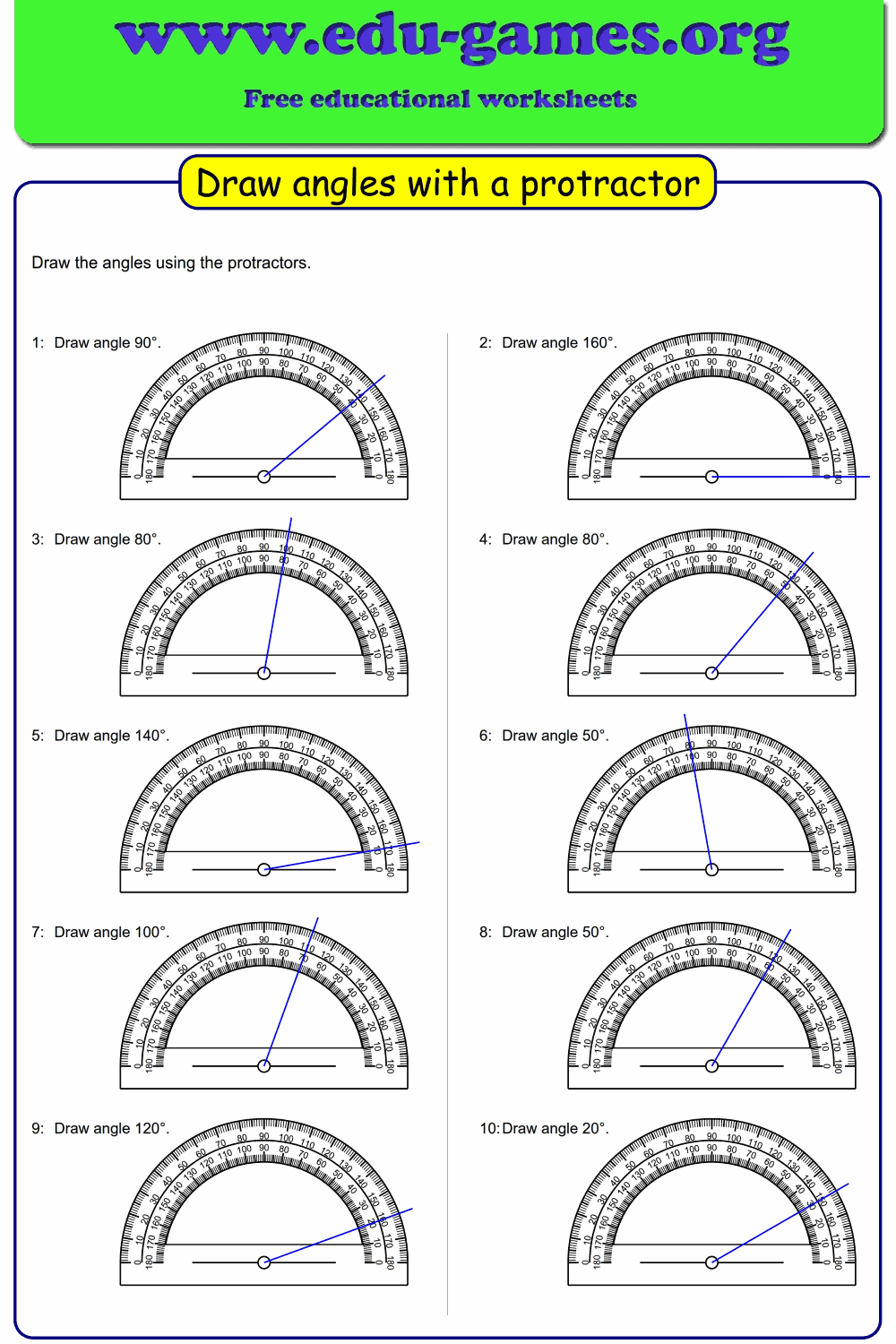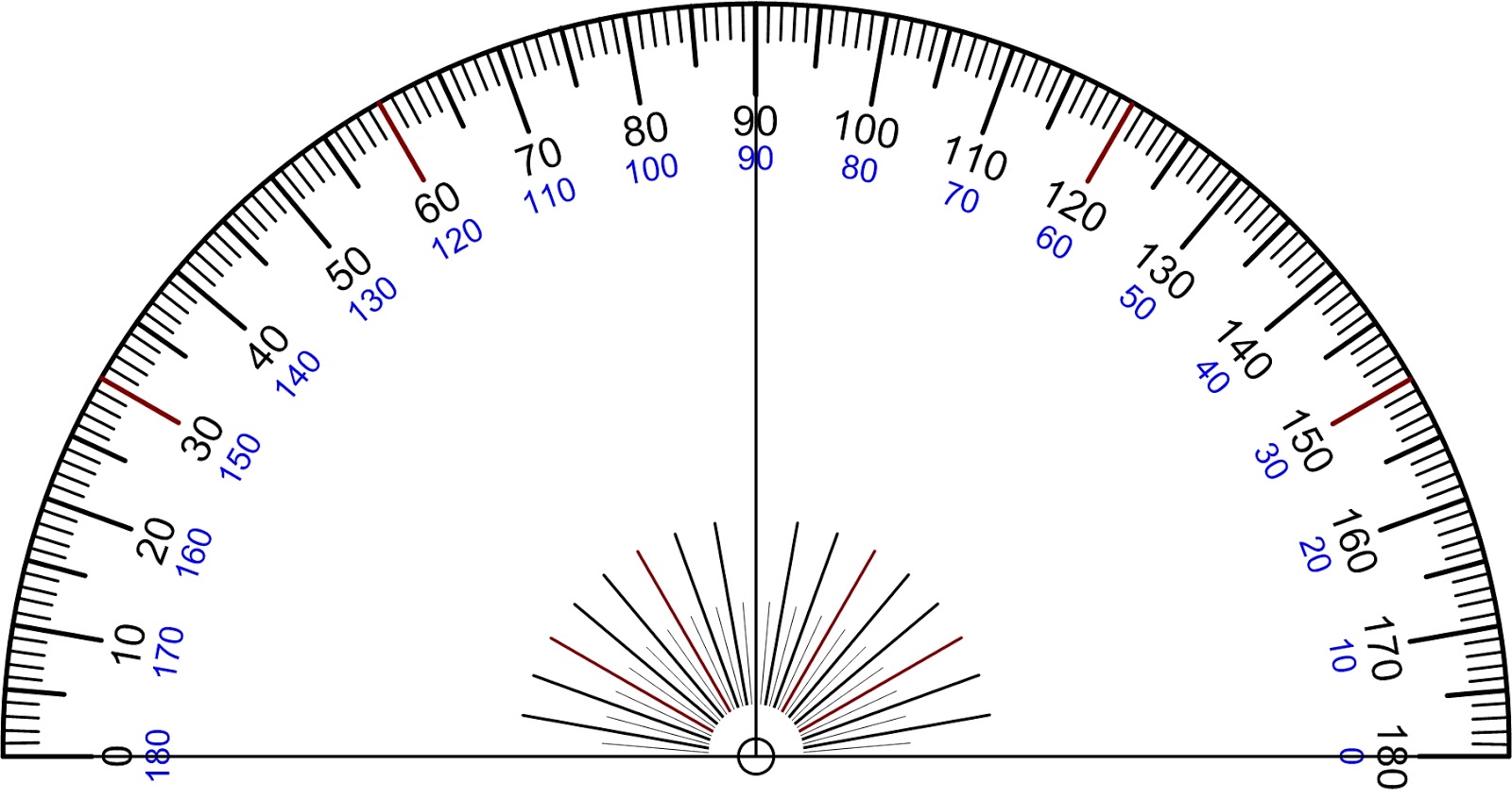Milot s messages
Table of Contents
Table of Contents
If you’ve ever struggled with drawing angles with a protractor, you’re definitely not alone. It can be frustrating trying to get the correct angle, especially if you’re not familiar with how to use a protractor. But don’t worry, with a few simple steps, you’ll be drawing angles like a pro in no time!
The Struggle of Drawing Angles
Trying to draw angles with a protractor can be a daunting task. It requires precision, accuracy, and patience. If you don’t get the correct angle, it can throw off your entire project or assignment. Plus, if you’re not used to handling a protractor, it can be tough to even figure out where to start.
Answering the Target of Drawing Angles with a Protractor
The first step in drawing angles with a protractor is to make sure you’re familiar with the tool itself. A protractor is a semi-circle shaped tool that measures angles. There are two scales on a protractor - one measures angles in degrees and the other measures angles in radians. To use a protractor, place the base of the tool at the vertex of the angle and then align the zero degree line with one arm of the angle. Make sure the other arm of the angle goes through the correct degree measurement on the protractor’s scale.
Main Points of Drawing Angles with a Protractor
Now that you know how to use a protractor, let’s summarize the key points for drawing angles:
- Make sure you’re familiar with the protractor tool
- Place the base of the tool at the vertex of the angle
- Align the zero degree line with one arm of the angle
- Have the other arm of the angle go through the correct degree measurement on the protractor’s scale
Personal Experience and Further Explanation
When I was first introduced to using a protractor in math class, I’ll admit that it was intimidating. But after a teacher showed me the steps and I got some practice, it became much easier. One thing that helped me was using a pencil to mark where the arms of the angle intersected with the protractor. That way, I could double-check my measurements before committing to drawing the angle. Remember to breathe and take your time - rushing through drawing angles can lead to mistakes.
Angles in Real Life
Believe it or not, drawing angles with a protractor isn’t just important for math class. Understanding how to measure and draw accurate angles can be helpful in a variety of fields. For example, architects and engineers may use angles to create blueprints or designs for buildings. Even artists may use angles to create perspective in their drawings or paintings.
Going Deeper
Now that you have a basic understanding of how to draw angles with a protractor, let’s dive a little deeper. One thing to keep in mind is that not all angles can be measured with a protractor. If an angle is too large or too small to fit within the tool, you may need to use other methods to measure it. Additionally, understanding complimentary and supplementary angles can help you find missing measurements.
Complementary and Supplementary Angles
Complementary angles are two angles that add up to 90 degrees. Supplementary angles are two angles that add up to 180 degrees. To find a missing angle measurement in a complementary or supplementary pair, simply subtract the known angle measurement from 90 or 180, respectively.
Putting it into Practice
If you’re still feeling uncertain about drawing angles with a protractor, don’t be afraid to practice. Try drawing angles of different measurements and double-check your work with a protractor to see if you’re getting the correct degrees. With time and practice, you’ll be a pro at angles.
Question and Answer
1. What is a protractor used for?
A protractor is a tool used to measure and draw angles.
2. How do you use a protractor to draw an angle?
Place the base of the tool at the vertex of the angle and align the zero degree line with one arm of the angle. Have the other arm of the angle go through the correct degree measurement on the protractor’s scale.
3. Can all angles be measured with a protractor?
No, some angles may be too large or too small to fit within a protractor.
4. How can complementary and supplementary angles be used to find missing angle measurements?
Complementary angles add up to 90 degrees and supplementary angles add up to 180 degrees. To find a missing angle measurement in a complementary or supplementary pair, simply subtract the known angle measurement from 90 or 180, respectively.
Conclusion of How to Draw Angles with a Protractor
While drawing angles with a protractor may have seemed challenging at first, hopefully this post has helped clarify the steps and make the process easier to understand. Remember to take your time, double-check your measurements, and practice! By using a few simple tricks and techniques, you’ll be mastering angles in no time.
Gallery
Drawing Angles Using A Protractor - YouTube

Photo Credit by: bing.com / angles protractor using drawing
How Do You Use An Angle Finder : How Do You Find An Angle Math Angle

Photo Credit by: bing.com / protractor wikihow
Milot’s Messages

Photo Credit by: bing.com / protractor angle draw angles using step math milot messages also
Draw-angles.png

Photo Credit by: bing.com / angles draw protractor worksheet angle using math games use worksheets level students edu
Sunnyland 4th Grade!: Use A Protractor

Photo Credit by: bing.com / protractor angle measuring degrees drawing math angles using draw degree 90 use grade used 4th things right maths definition roof






